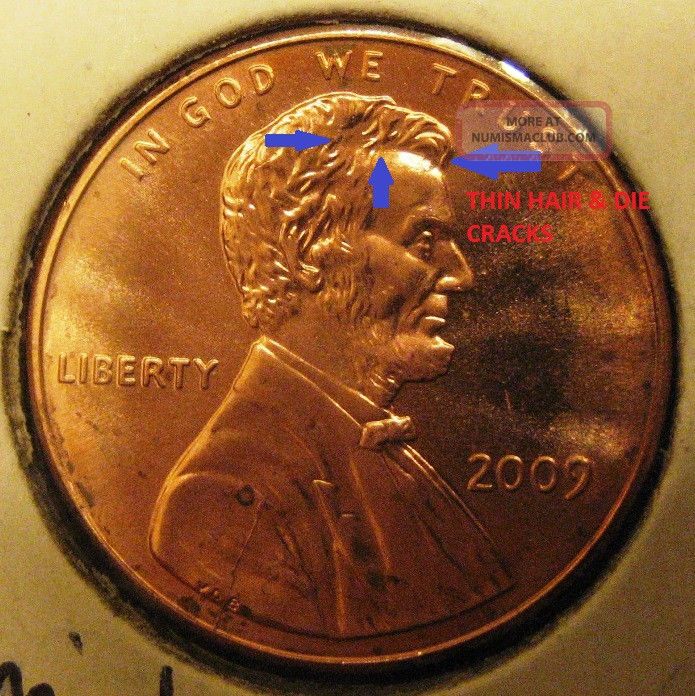

Mint officials originally assumed that whatever design was selected for the double eagle would simply be scaled down for the three lower denominations. By the Mint Act of 1792, an "eagle" was made equivalent to ten dollars. At Roosevelt's instigation, Shaw had the Mint (part of the Department of the Treasury) hire Saint-Gaudens to redesign five denominations of US coinage that could be changed without an Act of Congress: the cent and the four gold pieces (the quarter eagle, half eagle, eagle and double eagle).

In 1904, US President Theodore Roosevelt complained about the artistic quality of American coinage to his Secretary of the Treasury, Leslie Mortier Shaw, and asked if it were possible to hire a private sculptor such as the President's friend Augustus Saint-Gaudens to give modern, artistic designs to US coins. In 1933, President Franklin Roosevelt stopped the issuance of gold in coin form, and recalled many pieces which were in private or bank hands.įor additional detail on the origin of the idea for the 1907–1908 United States gold coin redesign, see Saint-Gaudens double eagle § Inception, and Indian Head eagle § Inception.

Neither coin circulated much the quarter eagle saw popularity as a Christmas present. The two pieces were struck until World War I caused gold to vanish from circulation, and then again in the late 1920s. After some difficulty, the Mint was successful in this work, though Pratt was unhappy at modifications made by the Mint's engravers, headed by longtime Chief Engraver Charles E. Such coins were designed by Boston sculptor Bela Lyon Pratt at the request of the President's friend, William Sturgis Bigelow. President Roosevelt, in April 1908, convinced Mint Director Frank Leach that it would be a better idea to strike a design similar to that of the eagle, but below the background, to secure a high-relief effect. The Mint had difficulty fitting the required inscriptions on the small gold coins. With the eagle and double eagle released into circulation by the end of 1907, the Mint turned its attention to the half eagle and quarter eagle, originally planning to duplicate the double eagle's design. Before his death in August 1907, Saint-Gaudens completed designs for the eagle ($10 piece) and double eagle, although both required subsequent work to make them fully suitable for coining. President Theodore Roosevelt, from 1904, vigorously advocated new designs for United States coins, and had the Mint engage his friend, the sculptor Augustus Saint-Gaudens, to design five coins (the four gold pieces and the cent) that could be changed without congressional authorization.
#Indian head penny series
These coins were the last of their denominations to be struck for circulation, ending series that began in the 1790s. The pieces remain the only US circulating coins with recessed designs. The half eagle was struck from 1908 to 1916, and in 1929. The quarter eagle was struck from 1908 to 1915 and from 1925–1929. The Indian Head gold pieces or Pratt-Bigelow gold coins were two separate coin series, identical in design, struck by the United States Mint: a two-and-a-half-dollar piece, or quarter eagle, and a five-dollar coin, or half eagle.


 0 kommentar(er)
0 kommentar(er)
